- Dam Updates.
- The first Peruvian National Park for Rock Art?
- Creation of Conservation Areas.
- August 2018 Survey of Fish Biodiversity in the Upper Marañon.
- CITA-UTEC A Baseline Study of four major Amazonian Tributaries & Hidrovia Amazonica.
- Local News:
- Rafting in Lonya & Meetings with Community.
- Positive Tourism: New Sport Uniforms and Stretchers for Tupén and Mendán.
- Looking Ahead.
Dam Updates:
The only two remaining dam projects with construction permits on the Marañón are Chadin II and Veracruz. Neither of these projects have started construction on the ground, and therefore should have lost validity of their environmental certification as of 20th February 2019, and 1 April 2018 respectively.
This signifies that to start work in the future they would need to go through the process to get a new Environmental Certification (gain approval of a new EIA, complete new technical studies and complete a new public consultation process).
We are also waiting on answers from SENACE and Ministry of Energy and Mining (MEM) to know if clauses in the concession contract have also expired. Due to the fact that 4 years have passed since the original contract was signed with the State, and to date, no work has been executed on the ground, the companies could also lose their Concession contract if there is political will to enact the contract resolution clauses.
However…..
The company behind the Chadin II project, AC Energía S.A. (subsidiary of Oderbrecht) applied to MEM for a change to the Works Program, in which they indicate the initial beginning of work would be 1st October 2019, and to be put into commercial operation for 12 September 2025.
- MEM declared this application inadmissible on 08 November 2017.
- AC Energía S.A then appealed this decision on 08 November 2017.
- On 16th July 2018 MEM declared that the appeal was unfounded.
The company behind the Veracruz project, Compania Energetica Veracruz, (subsidiary of ENEL), on 22nd February 2018 applied for a temporary suspension of the contract due to ‘force mayor’ because three areas containing pictographs were located in the district of Yamón which would be inundated by the dam. MEM has still not decided on the outcome of this application.
One of the main factors behind the stalling of these projects was the cancellation of the call for Electricity Supply by Large Hydroelectric Projects by the Peruvian State. It is clear that both these companies are stalling, attempting to hold onto the concessions for as long as possible until more favourable economic and political conditions present themselves for construction of large dams in Peru.
We recognize that this is a key time to place pressure on the authorities to cancel these projects. The expiration of Environmental Certification offers a key window in which these projects might be put to rest for good. Marañón Waterkeeper, through its parent organisation The Peruvian Society for Environmental Law (SPDA) and in conjunction with Waterkeeper Alliance will be conducting legal analysis and communications campaign to cancel these large dam projects on the Hydrological Source of the Amazon. This work is being funded thanks to The Gordon and Betty Moore Foundation.
We are also working to involve the Ministry of Tourism and Ministry of Culture in these decisions as the Marañon River is emerges as a key tourist destination in Northern Peru.

The first Peruvian National Park for Rock Art?
Over the past years Senior Arqueologist Daniel Castillo Benitez has been documenting pictographs and petroglyphs in the vicinity of Lonya Grande, Utcubamba, Amazonas. Benitez is convinced that the quantity, quality and diversity of these paintings warrant national protection, in the form of Peru’s first National Park of Pinturas Rupestres.
Arql. Benitez and his team from the National University Toribio Rodríguez de Mendoza- (Instituto de Investigación de Arqueología y Antropología “kuelap” ) (UNTRM-INAAK) in Chachapoyas have been carefully researching and documenting dozens of sites in the Lonya Grande area and at the first International Congress of Amazonian Rock Art, on September 27, 2019 they will release a full colour book of approximately 150 pages documenting locations, types of artwork, age and interpretation.

When asked about the Pictographs of Yamón (which reside inside the inundation zone of the Veracruz Dam), Arql. Benitez commented that there are hundreds of paintings in that area and that very few cultural sites in the Amazonas region had been officially documented to date.
We look forward to working with with the team from INAAK and the Ministry of Culture to ensure that cultural sites in the vicinity of the Marañon River, especially inside the inundation zones of dams are officially documented as soon as possible. Any person or team who has an interest in supporting this ground search and documentation process (financially, or with time), is encouraged to contact us.
Creation of Conservation Areas
In 2018 our team took the first small steps for creation of the Marañon Libre Conservation Area. We continue this work in 2019 by identifying further areas of high conservation value, reaching out to landholders who may be interested in selling or using their properties for conservation and coordinating with the National Forestry Service (SERFOR) to help promote a zonification of this area for conservation.
We are expanding the scope of the project to work collaboratively with existing landholders. Over the past years we have identified deforestation in this area as a major issue, threatening the extremely unique seasonally dry tropical forest, an ecosystem which is vastly under-represented in protected areas globally. The main driver of deforestation in this zone is expansion of road networks, and subsequently local people moving in to create a living off the land, predominantly by growing Cacao, Yuka and fruit trees. Working and learning with landholders, we are able to offer reforestation project with native species which also can be harvested, and crops which can grow inside existing forests, thus allowing locals to make a living without clear felling the existing dry forest. In exchange for assistance learning new processes, connections with markets for these products and reforestation projects, we are making agreements with landholders to protect segments of their own land which is home to high value primary forest.
August 2018 Survey of Fish Biodiversity in the Upper Marañon
Nathan K. Lujan, PhD
From 13 to 31 August 2018 myself and personnel from the University of San Marcos Natural History Museum in Lima (MUSM), the Royal Ontario Museum in Toronto (ROM), and Auburn University in Auburn, Alabama (AUM), conducted an aquatic biodiversity survey of rivers draining the Pacific and Amazonian slopes of the Andes in northern Peru. This fieldwork had four primary goals: 1) to revisit and collect tissues from Marañon headwater sites sampled by ROM personnel approximately 30 years previously, 2) to collect specimens, tissues and live photos of undescribed species known or hypothesized to be present in the area, 3) to generate a snapshot of regional aquatic biodiversity and its response to ongoing human impacts, and 4) to collect images, interviews, handheld video and drone video of the Marañon River, its peoples, its landscapes, and its biodiversity to support ongoing conservation efforts by Marañon Waterkeeper and other local and international NGOs. Seventeen river sites and four coastal fish markets were sampled in twelve days of fieldwork that began at sea level and continued up to 3,000 m above sea level. Amazon basin sites spanned four major tributaries of the Marañon River: the Chamaya, Chinchipe, Huancabamba, and Utcubamba rivers. A total of approximately 60 fish species were observed and 372 tissues were collected for DNA research on the evolutionary history and genetic structure of these species and populations. Permanent records of the changing biodiversity of this region were collected and deposited at the MUSM, ROM and AUM. Included among the collected material are specimens of at least one new fish genus and several new species to be described by expedition participants. Tissues and specimens from the expedition are already being distributed to a wide range of international scientists studying regional and trans-continental biodiversity. Photographs and video from the expedition have attracted public interest via social media and are being edited into a documentary to educate non-scientists about the importance and urgency of tropical biodiversity research.
Support for this expedition came from a Coypu Foundation grant to myself, Auburn University research funds, and the ROM.
CITA-UTEC A Baseline Study of four major Amazonian Tributaries & Hidrovia Amazonica
The University of Technology and Engineering UTEC Peru is completing a huge baseline study of the Marañón, Huallaga, Ucayali y Amazon Rivers. They are collecting geomorphologic data predominantly in response to the Hidrovia Amazonica Project, to better understand what the impacts of this would have on the region. The data collected, however, will also be a useful baseline reference and help to determine impacts of other large infrastructure projects throughout the Amazon basin.
The Hidrovia Amazonica is an enormous project aimed at improving navigability of four rivers in the Peruvian Amazon for commercial transport purposes. The objective is to maintain a channel with a minimum depth of 2.44m 365 days per year over 2687km on the Marañón, Huallaga, Ucayali and Amazon Rivers. In addition to deepening many parts of the river by (regular) dredging, some curves will need to be straightened to meet the minimum curvature so that ships can pass.
The project has been widely criticised by experts, environmental, indigenous and human rights groups. The Environmental studies and public consultations are criticised as being inadequate, leading to poor understanding of impacts on fisheries and food security of local populations.
Local News:
Rafting in Lonya & Meetings with Community
Luigi Marmanillo- Marañon Experience / Marañon Waterkeeper
In July 2019 we headed to Lonya Grande motivated to help more locals to experience the river and get involved in its protection. We proposed a week long program to the public school in Lonya where we would show teenagers of senior grades the film “Confluir” and discuss with the importance of the Marañón and its threats and then take them on a full day, 35 km raft trip through the Red Canyon of the Marañón, one of the most stunning sections of the river which is very close to their home town. This initiative was supported by the Free Rivers Fund and would not have been possible without our partner rafting company Marañón Experience.
Students and teachers enjoyed the film and were happy to learn about our work and about their home river, everybody agreed that the river is too important to be dammed and should be protected. Some teachers commented that they had been a part of public consultation meetings more than 5 years ago for the Veracruz Dam project, but the company had not mentioned any of the negative impacts that the dam would have on their community, and on the greater Amazon. They were shocked to hear of the wide reaching impacts on ecosystem and communities, and were eager to learn more.
After presenting the idea for the rafting trips at a meeting with over 200 parents, only a couple of parents were willing to sign a permission form so their child could go rafting. We learned that locals have huge respect and fear for the Marañón river; people have drowned after falling into the river or trying to cross it while fishing, and also many people had a very limited ability to swim. In light of this, we opened up the river trip to anyone in the community who was interested and felt comfortable enough to participate. We gathered a group of Lonyanos of different ages and backgrounds, including a some students from the school. This was a big learning experience for our team about the relationship between the locals and the river.

The first trip with locals went great, they were amazed by the beauty of the river and by how easily we could navigate the rapids when using high quality gear, guided by professionals and having proper safety equipment. They hugely enjoyed their home river, had fun and felt safe. After several days feeling like we weren’t making progress on this project, mission accomplished.
One of the participants on this first trip turned out to be the founder and manager of the biggest coffee cooperative in Lonya, and 5th largest in Peru, CECAFÉ. He was extremely engaged with the need to protect the Marañón River, not only for sake of the river and of thousands of people living downstream but also because of the impacts the dam could have on microclimate in Lonya, the coffee production and hence on 800 families which depend on this cooperative for their livelihood. After the rafting trip, he was motivated to get more groups together to go rafting and experience this incredible place so close to home. When he heard about our film ‘Confluir’ he offered to screen it in their theatre and played a key role in promoting a meeting with the whole town. At the event a few days later he stood up and spoke passionately about issues of dams on the Marañón.
Our team provided the media material and CECAFE provided the theatre, screening equipment, snacks and an excellent cup of coffee for all. Great debate and conversation came out of the meeting, and leaders from different communities were connected on the issue. People who didn’t know about rafting or didn’t trust it saw the pictures and videos of their friends on the first trip enjoying the river, and then were motivated to try experience it for themselves. By the end of the night, we had a list of 30 people that wanted to go to the river, and several community leaders stating that now that they know about the importance of their river, they will fight to protect it.
It was very rewarding to see locals getting engaged and organised to protect their home river, understanding that it’s too important to be lost and realising that has huge potential for sustainable development through tourism and commercialisation of native products. Lot of information was shared and many connections were made, now we have some strong local allies close to the Veracruz Dam. Main mission accomplished.
Positive Tourism: New Sport Uniforms and Stretchers for Tupén and Mendán
Luigi Marmanillo Marañon Experience / Marañon Waterkeeper
Ensuring that ecotourism develops on the river to be a positive exchange on both sides is a constant learning experience together with the local communities. Together with our commercial rafting partners, Marañón Experience (MEx) and Apumayo Expeditions, we are implementing a type of ‘ river permit’ which sees a fee from each tourist going directly to sustainable development and support in local communities.

Building those relationships means that visitors can enjoy the warm welcome of locals, fresh fruits and veggies, traditional cooked meals, cold beers and improved riverside campsites. Having locals motivated in making tourism a sustainable income is a huge force in fighting the dams to keep the river wild and free. On top of payments for products and services provided by villages, the per visitor permit fee goes towards covering local needs related to education and health.
Thanks to the donation from the ‘Whitewater 1’ class from Thompson Rivers University, Canada that travelled down the río with MEx in May 2019, in June we were able to deliver what the school teachers and nurses in Mendan and Tupen thought was most needed. Sports uniforms for all the kids from the school and portable stretchers, cervical collars and splints for the medical centre. In times gone by, locals would make a stretcher with bamboo sticks and logs, carry the ill person for 6 to 8 hours to the closest road and then leave the stretcher because it’s too bulky and heavy to bring back down. Now, with the new aluminium portable stretcher they will have a safer, faster and more efficient way to evacuate patients. In appreciation of this, the town of Mendán organised a huge party for arrival of MEx’s June trip and invited everyone for a delicious dinner.

Every person that is going down the river is contributing to the sustainable development of the riverside communities and we are happy to see that there is engagement from the local communities and a positive exchange happening.
Looking Ahead
We are focusing on:
- Legal Analysis & accompanying media campaign with a view to annul the Chadin II and Veracruz dam concessions. This work is being completed through our parent organisation, Peruvian Society for Environmental Law and funded by the Gordon and Betty Moore Foundation.
- Analysis of landholders and accompanying rapid biological inventory surrounding Marañon Libre Conservation Area, with a view to protect larger areas of native forest in the Marañon Valley. Made possible thanks to the Gordon and Betty Moore Foundation.
- International Media Campaign to protect Amazonian tributaries being lead by Waterkeeper Alliance.
- Assist CITA-UTEC to complete their baseline studies on the Upper Marañón with local knowledge, logistical support and communications.
- Continue to promote the need for a A Full Biological Inventory of the Marañón River.
- Legislation that will create protections for Peru’s most important rivers.
- Continue to educate people about why the Marañón is so important and grow the local movement to protect it. Watch Confluir film!
- Continue to promote responsible tourism in the area and prompt the Peruvian authorities to recognise this as an important resource in the region.
A huge Thank-You for continuing support from the Free River Fund, and to The Gordon and Betty Moore Foundation for their enormous support for projects over these next two years.



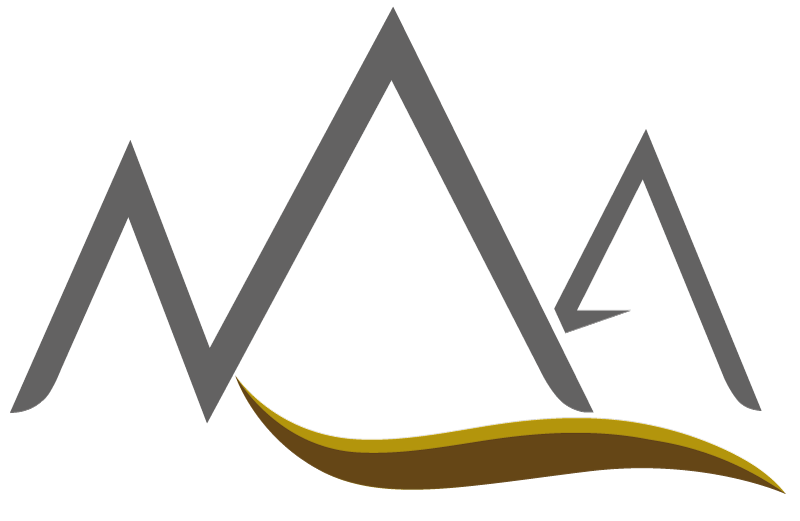































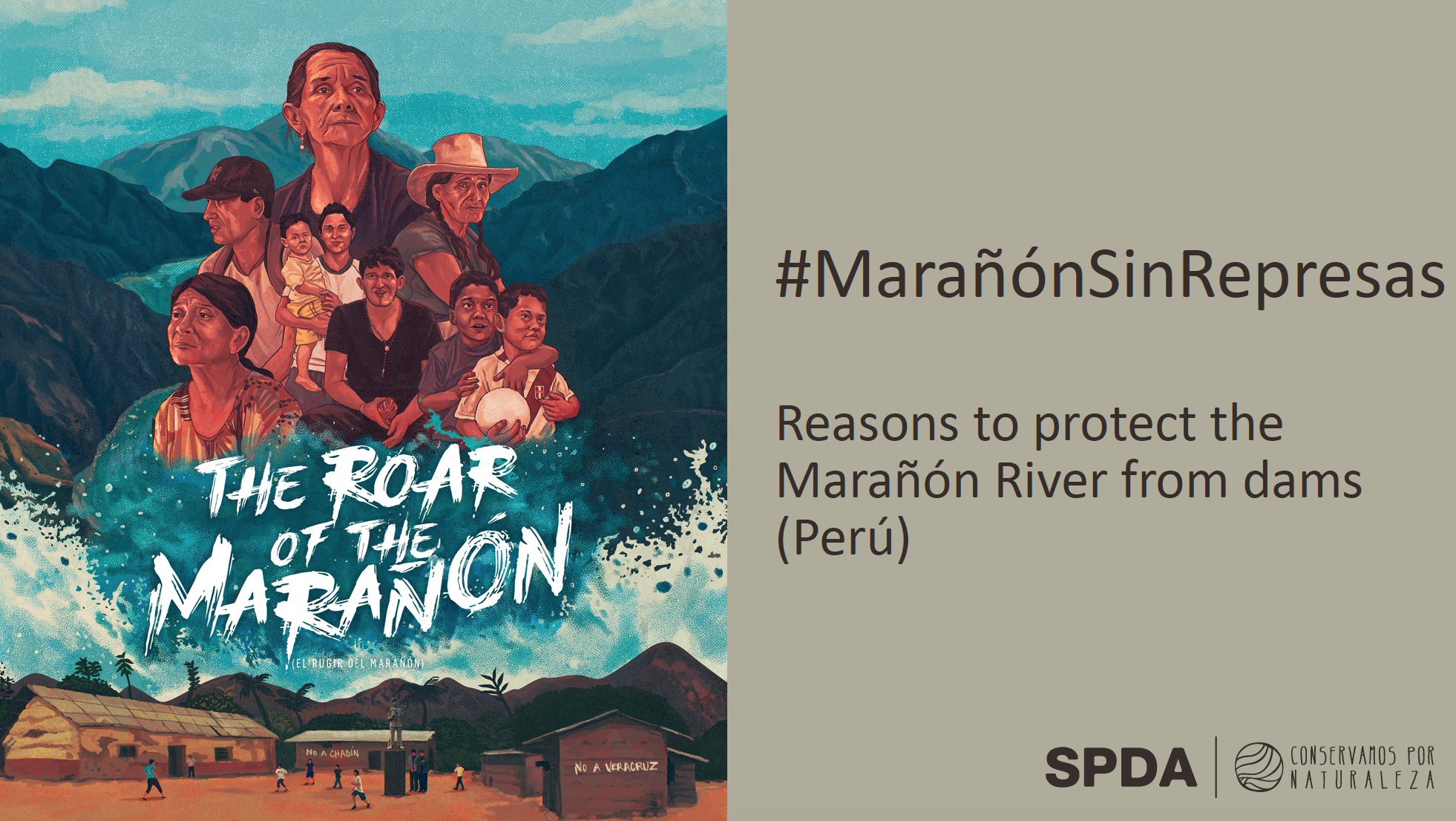
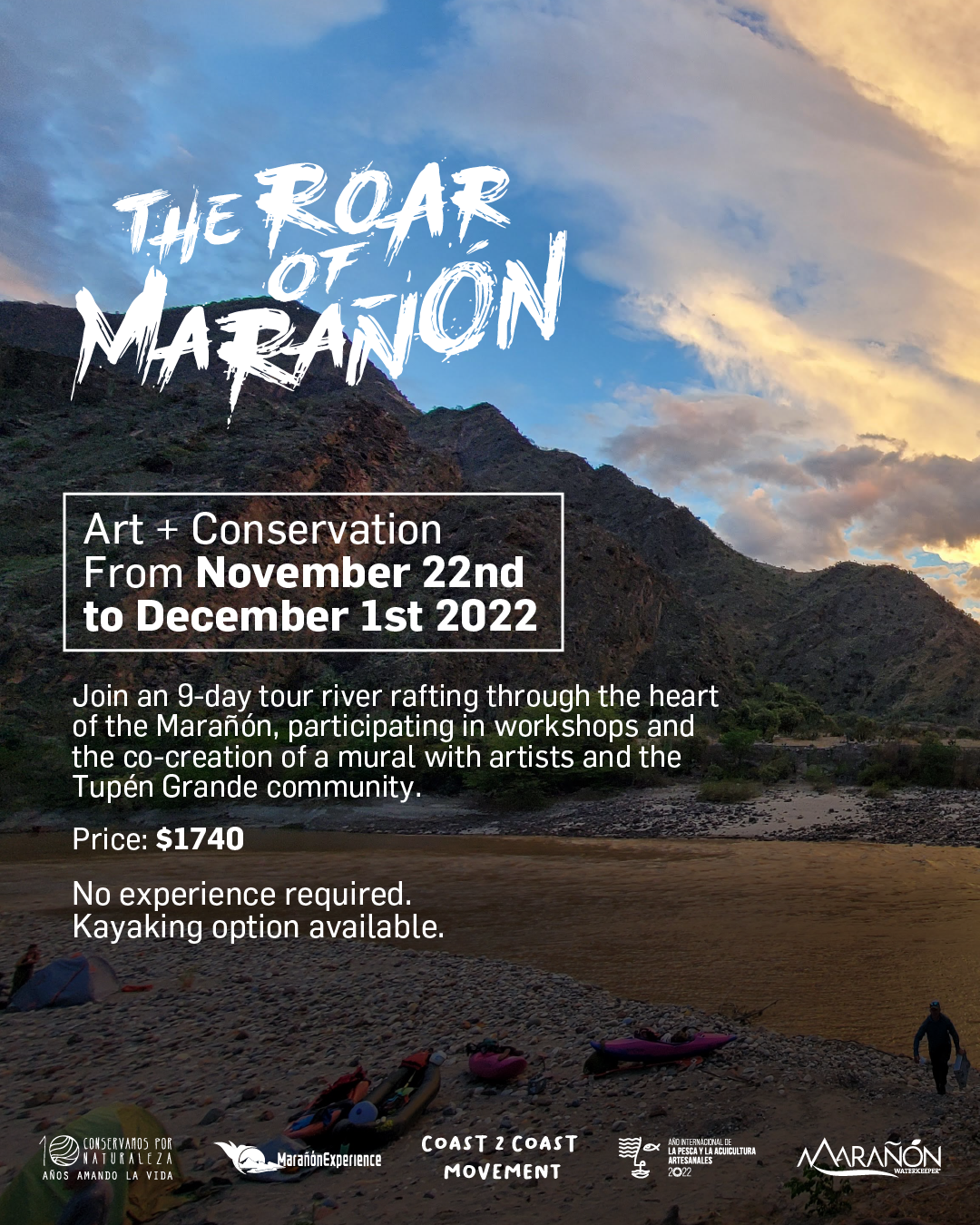
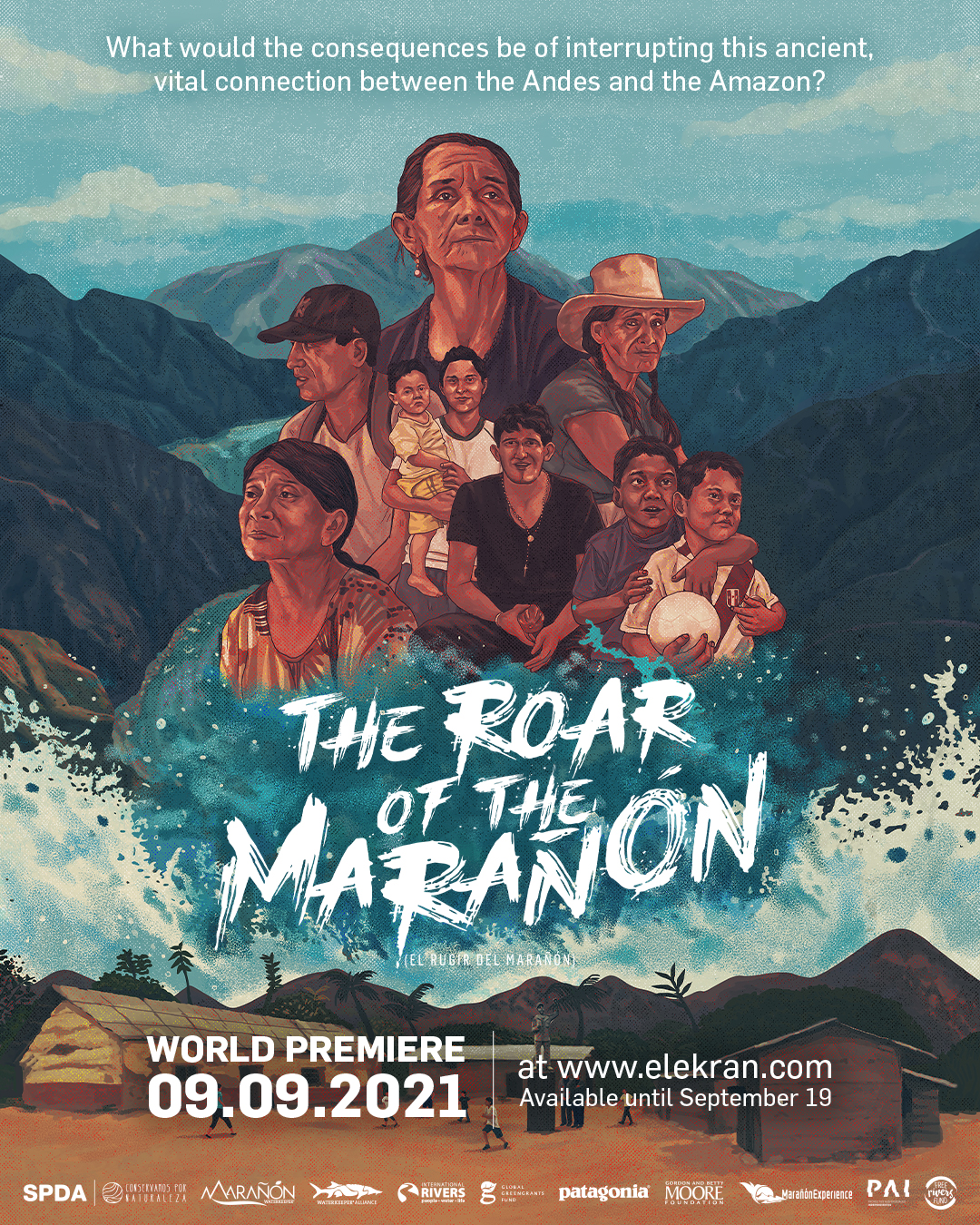

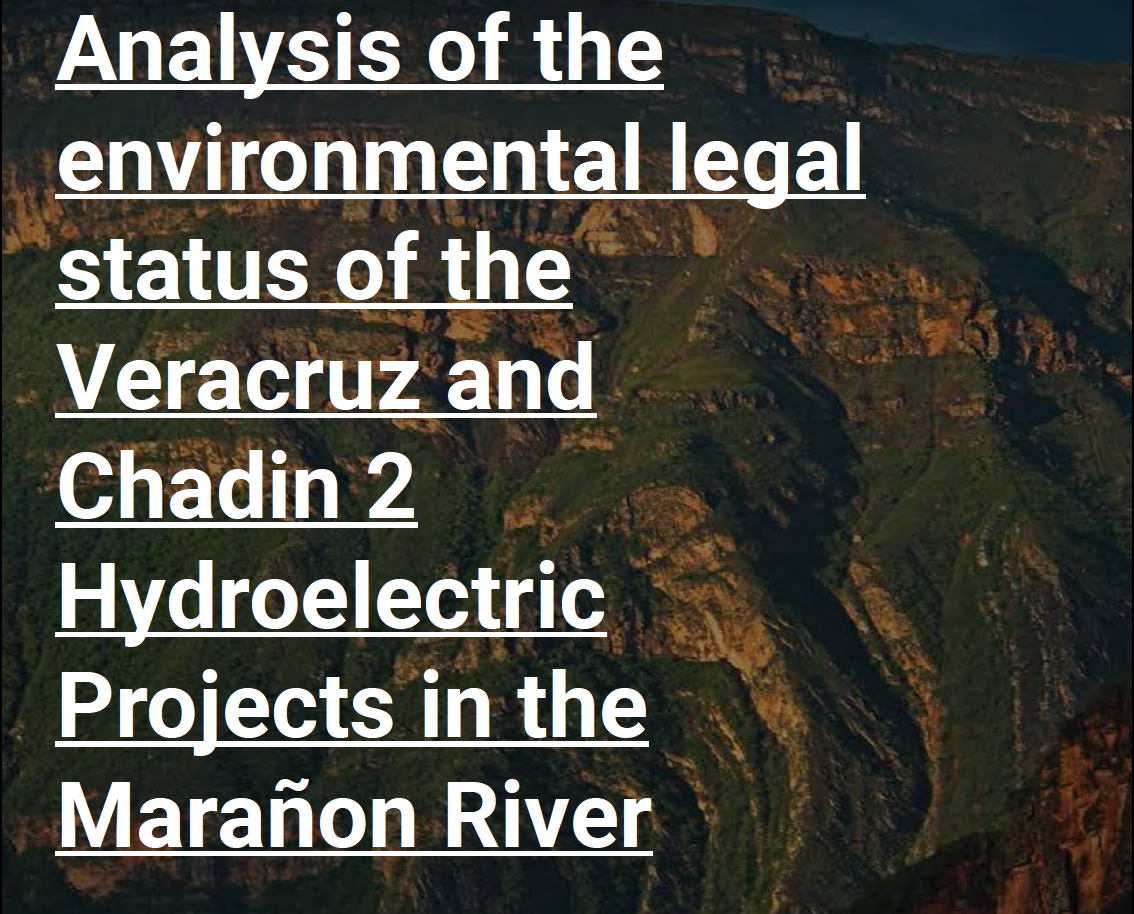

Leave a Reply